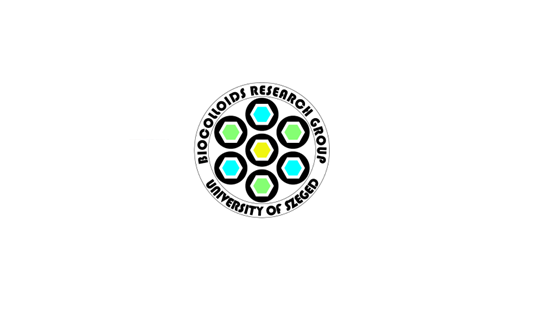International seminar "Light scattering techniques – versatile tools to study nanoparticle dispersions"
An international seminar was held jointly with the University of Szeged.

On November 28, 2022, the head of Biocolloids Research Group István Szilágyi held a seminar "Light scattering techniques – versatile tools to study nanoparticle dispersions".
Abstract: Due to the recent landmark developments in nanoscience, i.e., scientific research concerned with materials in the size range of 1-100 nm, there is an increasing demand for experimental techniques, which are suitable to characterize key physicochemical properties of nanoparticle systems. In this way, scattering techniques based on the interaction of electromagnetic waves with matter became popular tools to investigate size, charge, and shape of nanoparticles once they are dispersed in liquids. During this seminar, static (SLS), dynamic (DLS) and electrophoretic (ELS) light scattering methods will be introduced. The angular dependence of the intensity of the scattered light recorded in an SLS experiment allows the determination of the size, mass, and nature interparticle forces. The DLS method utilizes the thermal motion of particles to measure hydrodynamic size through correlation of the Brownian motion with the fluctuation of the scattered intensity. Movements of charged nanoparticles in an electric field result in frequency shift in the electromagnetic wave due to the Doppler effect and hence, this is utilized to calculate the velocity and electrophoretic mobility of such particles by ELS. Summarily, these techniques provide great opportunities to comprehensively investigate nanoparticle systems. Beside discussing the principles and theoretical background of these methods, practical examples will be also given during the lecture.
